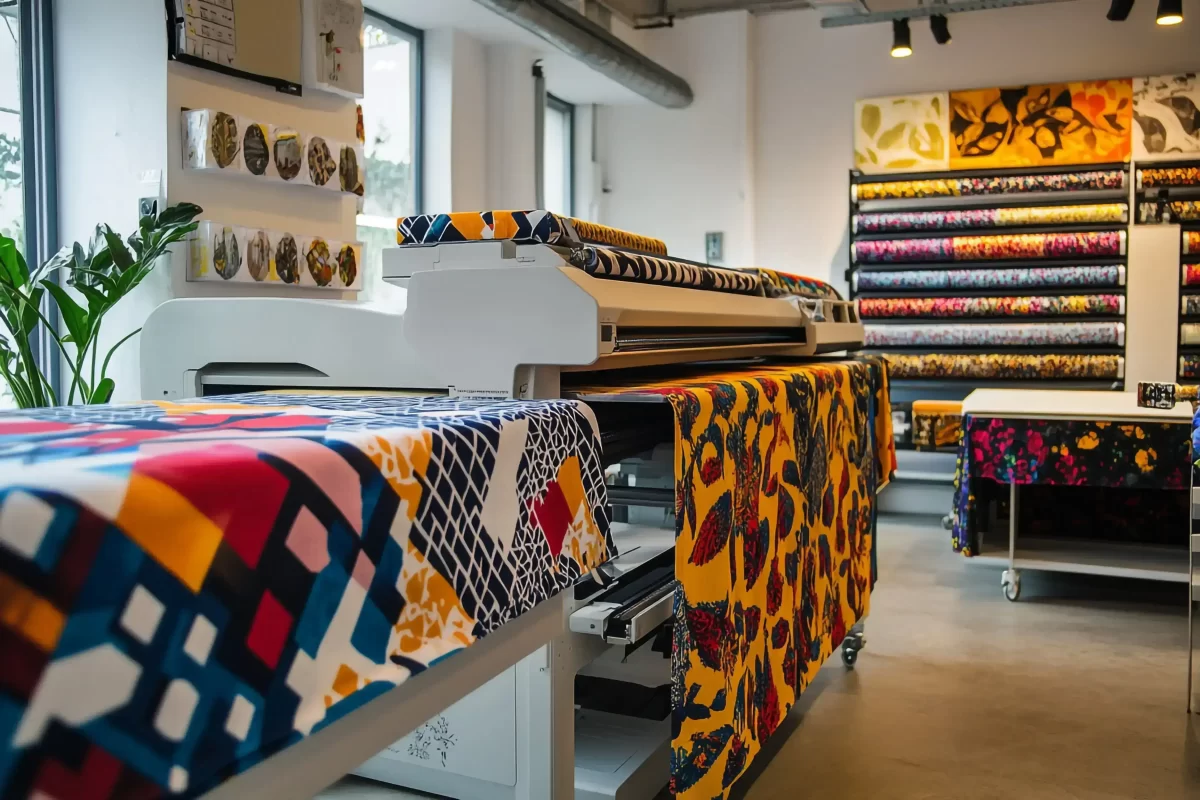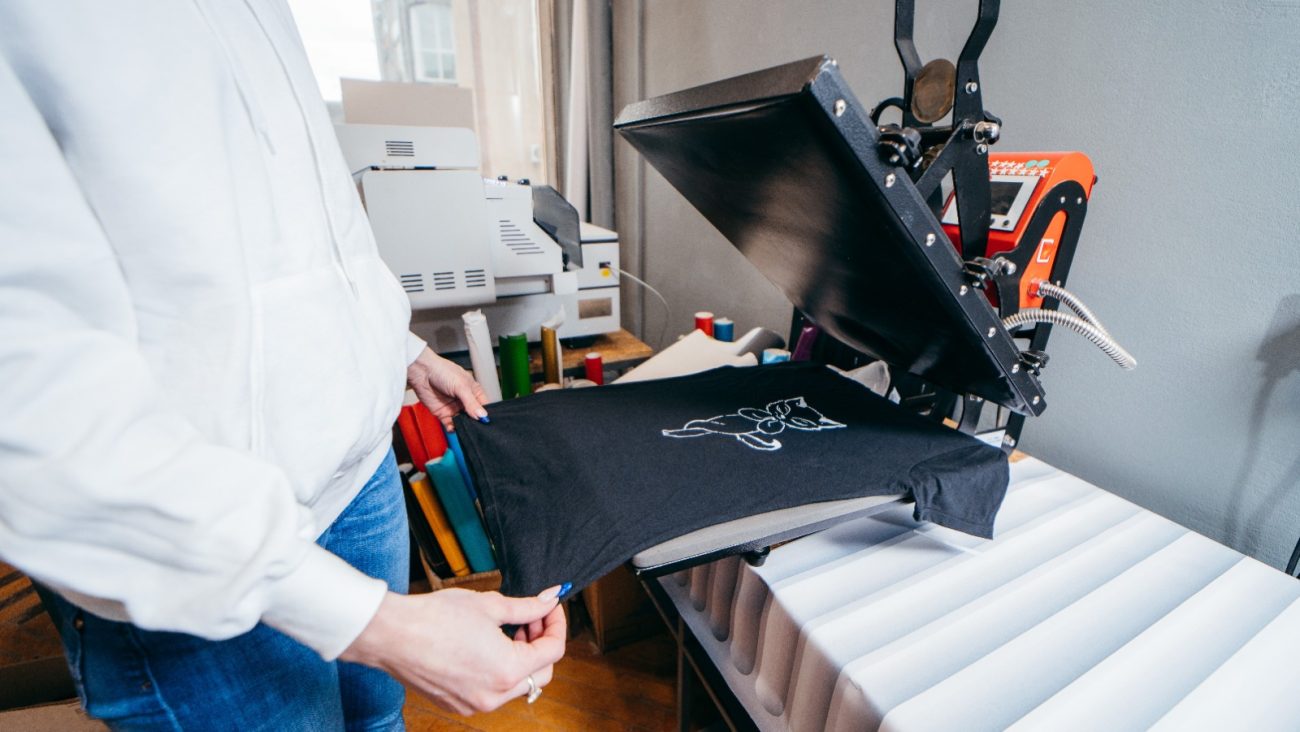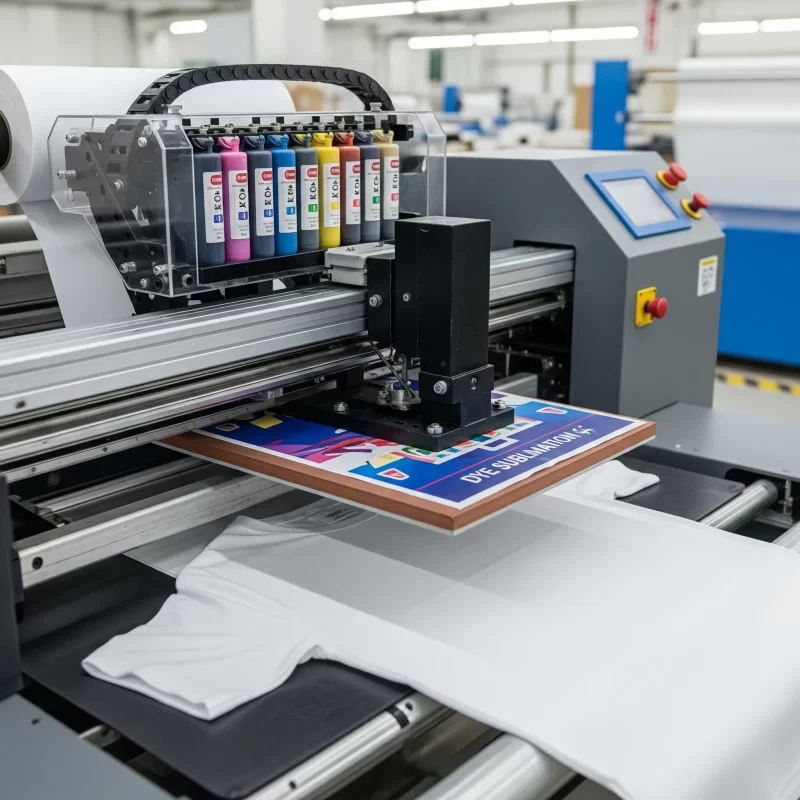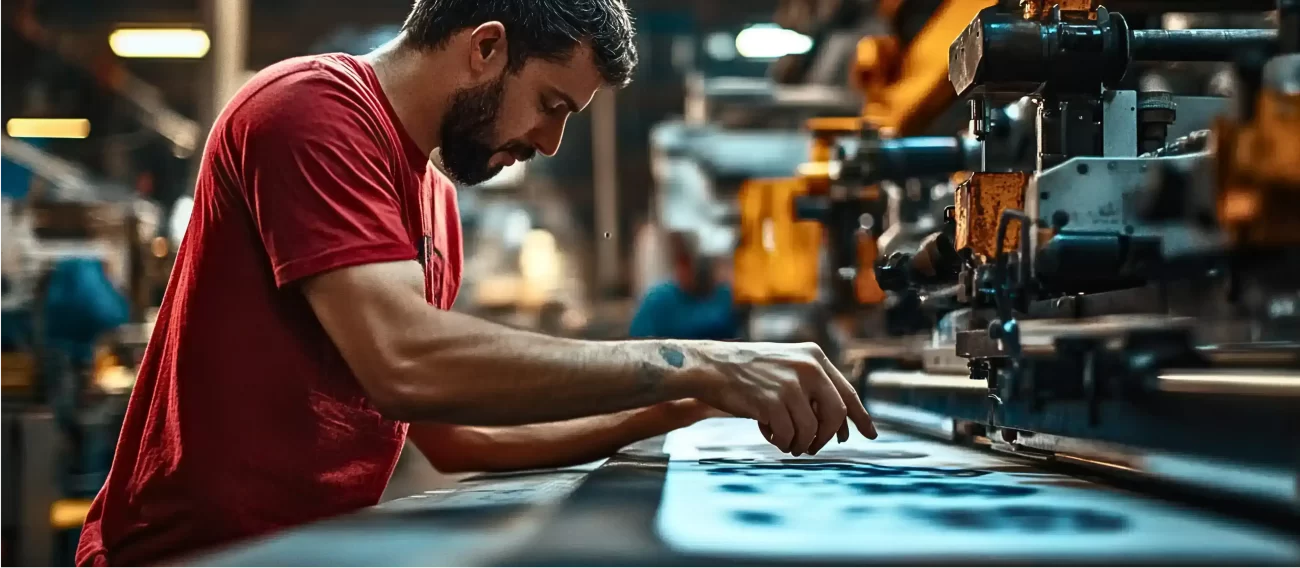In the textile industry of Bangladesh, maintaining product quality is paramount. Garment inspection plays a crucial role in ensuring the quality of garments and apparel, making sure they meet required standards, protecting a brand’s reputation, and satisfying customers. This article provides a comprehensive overview of garment inspection procedures, the different types of inspection services available, and their significance for textile and garments industries.
Importance of Garment Inspection
Garment inspection is an essential element of the apparel quality control process. It is a systematic evaluation of garments and their components to ensure that they meet stringent quality standards. This involves checking for defects, verifying dimensions, testing materials, and ensuring compliance with regulations. By implementing thorough inspection procedures, businesses can avoid costly mistakes and maintain a competitive edge in the market.
Protecting Brand Reputation
Maintaining a positive brand’s reputation is crucial in the competitive textile market of Bangladesh. Garment inspection services can help ensure that only high-quality products reach consumers, preventing negative reviews and maintaining customer trust. By investing in product inspection, Prominent Tec’s clients can protect their brand’s image and foster long-term customer loyalty.
Ensuring Customer Satisfaction
Customer satisfaction is directly linked to the quality of apparel products. Rigorous garment inspection helps ensure that garments meet customer expectations in terms of fit, appearance, and durability. Through careful measurement and stitch verification, inspection services can help minimize defects and improve overall product quality. This will ultimately lead to greater customer satisfaction and repeat business for our clients.
Reducing Costs of Product Failure
Product failures, such as defects or non-compliance with specifications, can lead to significant financial losses for textile businesses. Garment inspection can help identify potential issues early in the production process, allowing for timely corrective actions. This reduces the risk of costly recalls, rework, and customer returns. Therefore, implementing a comprehensive inspection process is an investment that pays off in the long run.
Types of Garment Inspection Services
Prominent Tec’s target audience can benefit from different types of garment inspection services at various stages of the production process. Each type of inspection addresses specific quality control needs and provides valuable insights into the overall quality of the garment products. These services ensure that product quality is maintained throughout the entire production cycle, from initial material checks to final packaging.
Initial Production Checks
Initial Production Checks (IPCs) are conducted at the beginning of the production process to verify the quality of raw materials, components, and initial production samples. This type of inspection helps identify any potential issues early on and prevents costly delays or rework. IPCs ensure that the materials used meet the required specifications and quality standards, setting the stage for a smooth production process.
During Production Inspections
During Production Inspections (DPIs) are carried out while the garments are being manufactured. This type of inspection helps monitor the production process, ensuring that the products meet the required quality standards and specifications. DPIs involve checking for defects, verifying dimensions, and assessing stitch quality at different stages of production. This allows for timely intervention and correction of any issues that may arise. Our services can help our clients maintain consistent quality throughout the entire production process.
Pre-Shipment Inspections
Pre-Shipment Inspections (PSIs) are conducted when production is completed and a significant portion of the goods are packed. This inspection ensures that the finished products meet the specified quality requirements before shipment. PSIs involve a comprehensive assessment of the garments, including visual checks, measurement verification, and functionality testing. The goal is to ensure that only high-quality, compliant garment products are shipped to customers.
Full Inspections
Full inspections involve checking 100% of the finished garment products to ensure that they meet the required quality standards. This type of inspection is particularly suitable for high-value or critical products where even a small defect can have significant consequences. Full inspections provide the highest level of assurance and can help prevent costly product failures.
Garment Inspection Process
Preparation for Inspection
The initial stage of any robust garment inspection process involves meticulous preparation. This includes providing the inspector with detailed specifications for the garment, encompassing size charts, material requirements, and specific quality standards that must be adhered to. Clear communication is vital to ensure the inspection aligns with the client’s expectations.
Quantity and Packaging Checks
Verifying quantity and packaging is crucial to prevent damage during logistics. The inspector assesses packaging conditions, shipping marks, carton labeling, and packaging materials to ensure product quality is maintained throughout transit. Checks include verifying carton dimensions, weight, assortment, and the accuracy of quantity. brand’s standards.
Product Conformity Verification
Product conformity verification is conducted to ensure garments align with approved samples, style characteristics, color shading, and material composition. This inspection covers style, pattern, stitch types, sewing thread color, and hand feel. The inspector confirms that textiles, including fabric, leather, and accessories, along with labeling and hangtags, meet all requirements, with consideration for safety regulations and acts, to uphold product quality. This is a vital part of a comprehensive inspection.
On-Site Tests
On-site tests enhance the inspection process, which includes the use of various testing methods to affirm garment integrity. Barcode verification confirms correct information. Carton dimension and weight measurement guarantees packaging appropriateness. Tests for fastener reliability, such as for a button or zipper, and stretch assessments ensure functionality and durability.
Visual Inspection
During the visual inspection, inspectors meticulously examine the garments for any obvious defect or inconsistencies, such as loose threads, poor stitch, and incorrect colors. They also check for proper labeling and the correct position of brand logos. This step is critical for identifying surface-level quality issues that could impact the garment’s marketability.
Measurement Checks
Measurement checks are performed to ensure garment products meet specified sizing requirements. Inspectors measure dimensions such as length, width, and sleeve length, comparing them to provided size charts. Significant deviations are considered defects. These checks confirm consistent sizing across production batches.
Quality Control Procedures in Garment Inspection
Fabric Inspection
Fabric inspection is a fundamental procedure in garment quality control. Inspectors meticulously examine textiles for defects, flaws, and inconsistencies in weave or knit. This testing ensures the fabric meets specified quality standards for strength, texture, and color.
Stitching and Seam Quality Evaluation
The evaluation of stitch and seam quality is crucial for garment longevity. Garments must have strong seams and proper stitching to prevent unraveling or tearing during use. Precise stitching is essential for durability and aesthetic appeal. This procedure ensures that the garment can withstand regular wear and tear.
Color Fastness and Dye Testing
Color fastness and dye testing are essential to ensure that the colors of the garment remain vibrant over time. This inspection includes testing color fastness to washing, rubbing, and exposure to light to ensure the colors do not fade quickly.
Sizing and Fit Verification
Sizing and fit verification is essential to ensure that garment sizing and fit align with industry standards and customer expectations. Inspectors verify measurement and dimension to ensure that garments fit correctly and comfortably. This procedure enhances customer satisfaction by delivering apparel that meets the intended size and fit expectations, reducing returns and improving overall brand’s perception. Our services can help with this part of inspection.
Compliance with Regulatory Standards
Compliance with regulatory standards is critical to ensure that textiles and garments meet safety, labeling, and environmental requirements. Inspections evaluate the quality and confirm compliance with these standards to prevent potential legal and safety issues. This is applicable to every consumer product and protects both the brand’s reputation and consumer safety.
How Inspection Services Can Help
Choosing the Right Inspector
Choosing the right inspector is a critical decision that directly impacts the effectiveness of your quality control process. Look for inspection services with experienced inspectors who possess in-depth knowledge of textile and garment manufacturing processes, quality standards, and regulatory requirements.
Leveraging Technology for Inspections
Leveraging technology for inspections can significantly improve the efficiency and accuracy of the quality control process. Advanced testing equipment and digital inspection reports can provide valuable insights into the quality of apparel products and identify areas for improvement.
Continuous Improvement through Feedback
Establishing a system for continuous improvement through feedback is vital for long-term quality control. Use inspection reports and customer feedback to identify recurring defects or issues. Implement corrective actions and refine production processes to prevent future problems. Regular analysis and feedback loops can drive continuous enhancement.






